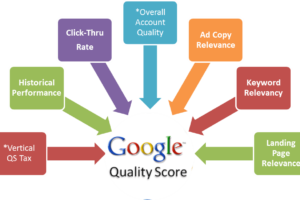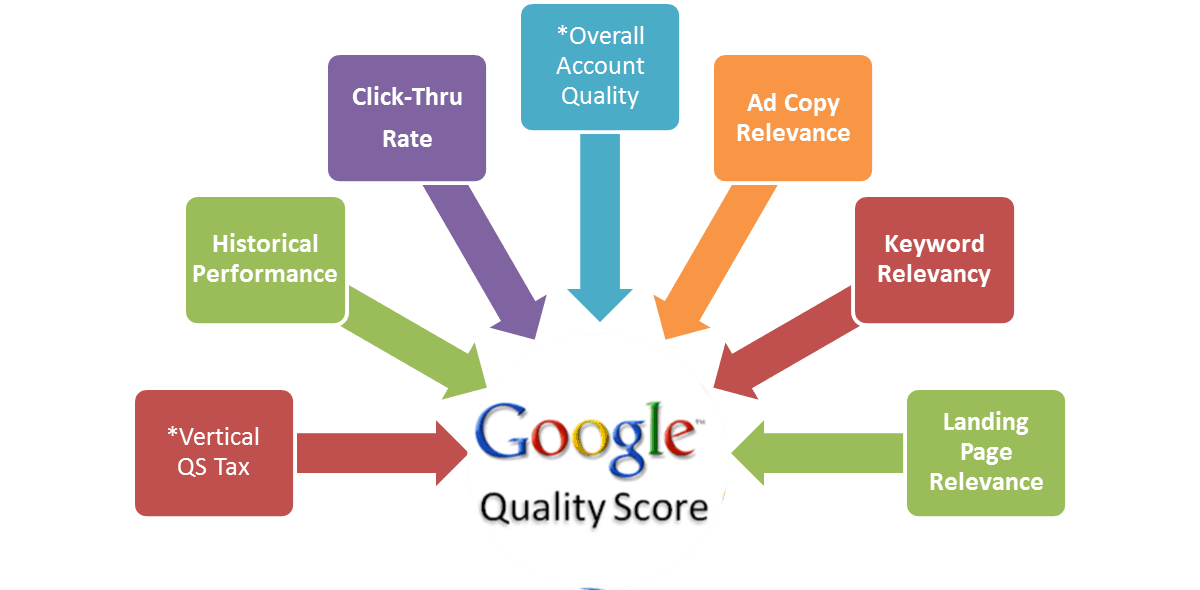In the realm of the internet, domain extensions play a pivotal role in defining the identity, purpose, and geographical focus of websites. Among the myriad domain extensions available, “.in” and “.com” are two of the most widely recognized and used. Understanding what these extensions signify can help individuals and businesses make informed decisions when establishing their online presence.
What Does .in Signify?
The “.in” domain extension is the country code top-level domain (ccTLD) for India. It is specifically designed to represent entities that are either based in India or have a strong connection to the country. Introduced in 1989, the “.in” domain has grown to become a popular choice for individuals, organizations, and businesses targeting an Indian audience.
Key Features of .in Domains:
- Geographical Association: The “.in” extension immediately signals a connection to India, making it ideal for businesses operating within the country or catering to Indian consumers.
- Local Trust: Indian users often associate “.in” domains with authenticity and local relevance, which can enhance trust and credibility.
- Availability: Compared to generic extensions like “.com,” “.in” domains often have greater availability for desirable names, making it easier to secure a suitable domain.
- Versatility: The “.in” extension is not restricted to Indian citizens or businesses. Anyone can register a “.in” domain, although its primary appeal lies in its geographical significance.
What Does .com Signify?
The “.com” domain extension is the most popular and widely used generic top-level domain (gTLD) in the world. Originally introduced in 1985 as an abbreviation for “commercial,” it was intended for commercial organizations. Over time, however, “.com” has become a universal domain extension used by individuals, nonprofits, and businesses alike.
Key Features of .com Domains:
- Global Appeal: The “.com” extension is synonymous with a global reach, making it the preferred choice for businesses and individuals aiming to target an international audience.
- Professionalism: Websites with a “.com” domain are often perceived as professional and trustworthy, thanks to the extension’s longstanding reputation.
- Market Dominance: As the most registered domain extension, “.com” carries a sense of familiarity and recognition, which can be beneficial for branding and online visibility.
- Limited Availability: Due to its immense popularity, finding an available “.com” domain with a desirable name can be challenging, often requiring creativity or a willingness to purchase from a third party.
How to Choose Between .in and .com
Selecting the right domain extension depends on several factors, including the target audience, business goals, and branding strategy. Below are some considerations to help make an informed choice:
1. Target Audience:
- Choose “.in” if your primary audience is based in India or if you want to emphasize your connection to the Indian market.
- Opt for “.com” if you aim to reach a global audience or establish a presence that transcends geographical boundaries.
2. Brand Identity:
- A “.com” domain is ideal for brands seeking universal appeal and a professional image.
- A “.in” domain helps highlight local roots and can be advantageous for regional branding.
3. Availability:
- If your desired domain name is not available with the “.com” extension, you may find it easier to secure the same name with “.in.”
4. SEO Considerations:
- Both “.in” and “.com” domains can rank well on search engines. However, a “.in” domain might have a slight edge in search results for queries originating in India.
Can You Use Both?
For businesses with a diverse audience, registering both “.in” and “.com” domains can be a strategic move. This approach helps:
- Prevent competitors from acquiring the alternative version.
- Cater to both local and international markets effectively.
- Strengthen brand protection and consistency.
Conclusion
The choice between “.in” and “.com” ultimately depends on your goals and audience. While “.in” emphasizes a connection to India and resonates with local users, “.com” offers global recognition and widespread credibility. By understanding the significance and strengths of these domain extensions, you can make a decision that aligns with your online objectives and enhances your digital presence.










